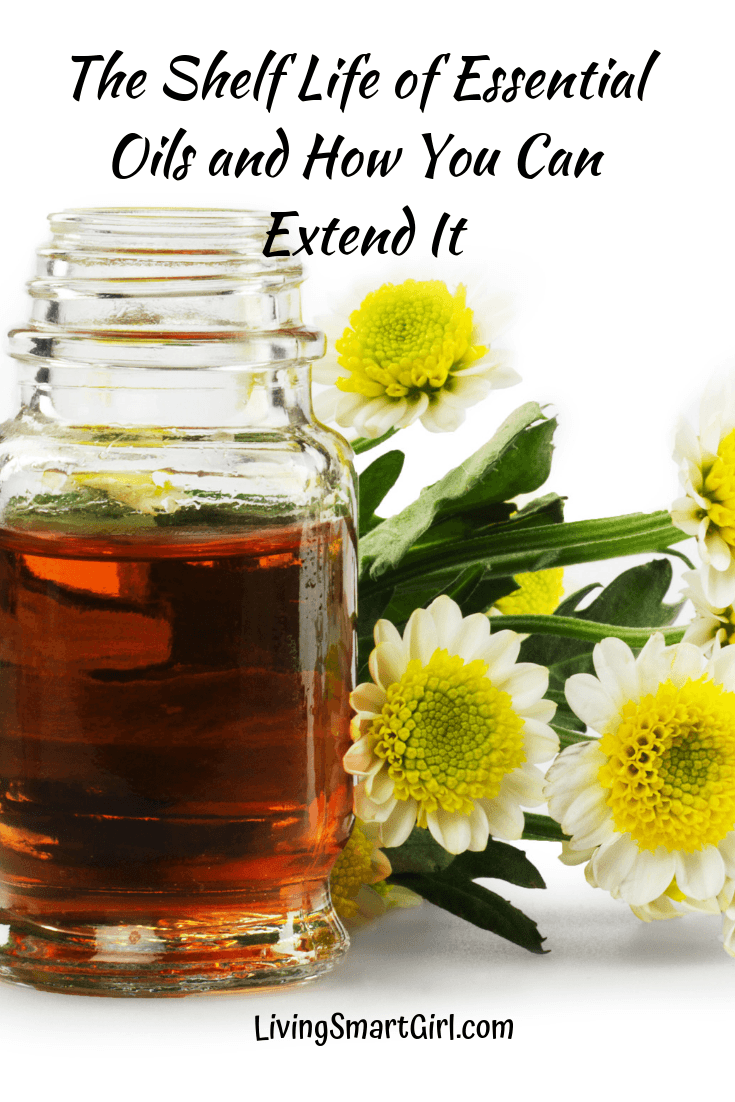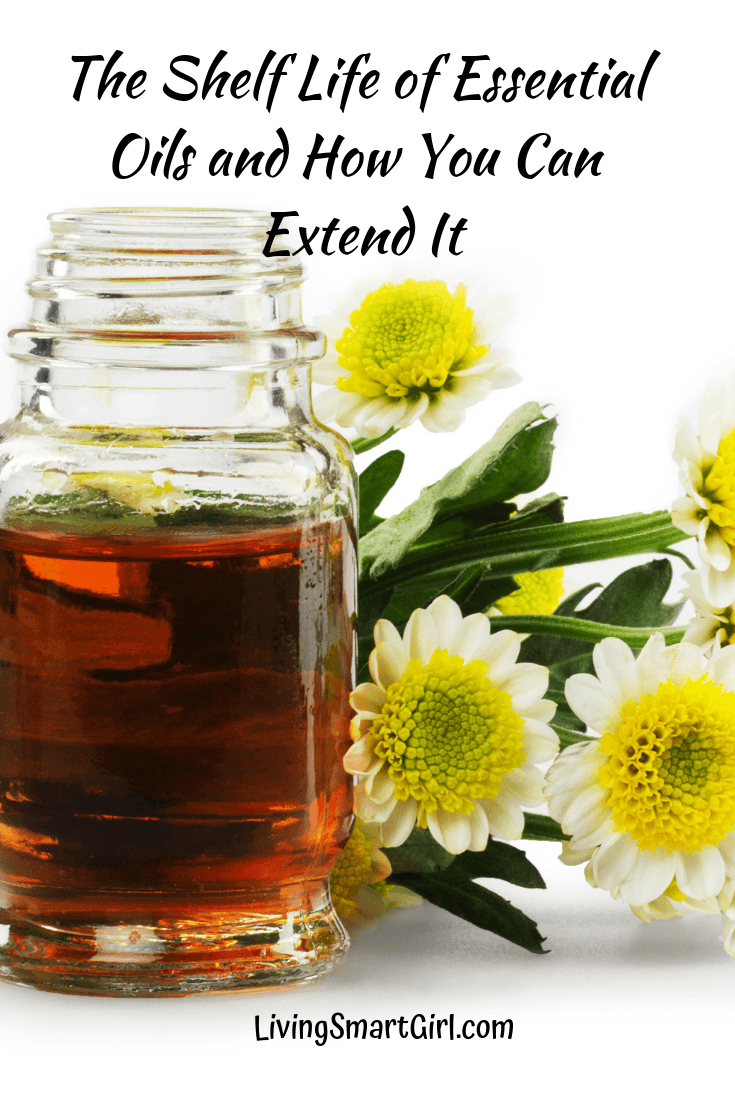Shelf Life of Your Essential Oils
Disclosure ~ This post contains affiliate links. Should you make a purchase I will earn a small advertising fee at no cost to you.
Not all bottles indicate an expiry or “best before” date, but there is a Shelf Life of Essential Oils. Here are some general rules you can follow to determine whether your essential oil is still fine for use, or whether you should throw it away.
Expiry Dates
Some essential oil manufacturers print the expiration date on their bottles. This gives you a clear indicator of how long you can use your oil.
If you are buying essential oils from the store, look on the bottle to see when it expires, and choose the bottle with the furthest future expiry date if you don’t plan on using it quickly. Ask the individuals in the store if there is a way to find the date if it is not clearly marked.
Keep in mind that the oils you buy were not created on the day you bought them, so try to purchase your oils from a store or supplier that keeps their product moving regularly. In this way, you aren’t purchasing an essential oil that is already far along on the way to expiration.
If there is no expiry date on the bottle, keep a list of all your essential oils and when they were purchased. This will allow you to quickly check how long you have had an oil before using it each time.
General Shelf Life of Popular Oils
Each essential oil has a given amount of time before it expires. There is a range between about 1 to 6 years depending upon the type of oil. Some of the more popular oils and their general shelf life are listed here.
Essential oils with a shelf life of about 1 year are lemon, orange and mandarin. Essential Oils with approximately a 2-year shelf-life are lime, all varieties of frankincense, and tea tree. The oils that expire in about 3 years are rosemary, neroli, oregano, melissa, bergamot and blue tansy.
Oils in the 4-year range include cinnamon bark, cardamom, peppermint, ylang ylang, lavender, geranium, clary sage, and chamomile. Oils that are good for 6 or more years include cedarwood, vetiver, sandalwood, wintergreen, rose, myrrh, copaiba and ginger.
Of the popular oils, patchouli has the longest shelf life, which is usually more than 10 years.
General Rules
There are three factors that cause essential oils to lose their potency and effectiveness quickly. These are light, oxygen and heat. The best way to keep your oils in the best condition possible is to fight these factors by storing your oils properly.
To counteract exposure to light, buy your essential oils when possible in amber glass bottles (so the light does not penetrate the bottle as it does with clear glass) and keep them in a dark place. Keep your essential oils in a cool area, or in the refrigerator if you have room.
Always keep your bottles tightly closed when not in use, and don’t leave them sitting around with the lid open for any amount of time. Protect your essential oils from contamination by not using rollers that can pull random particles back into the bottle with your essential oils.
Essential oils have a specific shelf life. Oils won’t instantly go bad on the expiry date, but at that point they are on their way to losing their potency. Learn this general information so you know how long to keep your essential oils, and when to replace them.
I like to keep my oils in an essential oil box, or a shelf on the wall away from sunlight, or in my cupboard. These are the ones I use.
You can find more essential oil resources here.
Reader favorites include




Leave a Reply